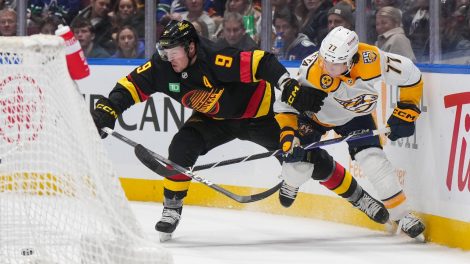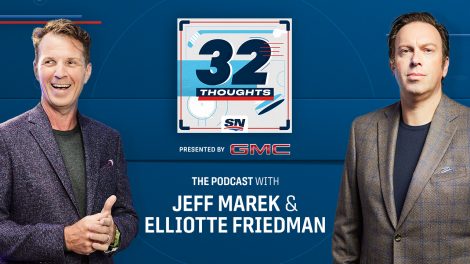PHILADELPHIA — The sports world paused here in America on Thursday, as an umpire named Jim Joyce unwittingly authored a story that will be remembered as long as many others penned by another Joyce named James.
It was a devastating mistake for the veteran umpire, who was in tears as he told a reporter after the game, "It was the biggest call of my career, and I kicked the —- out of it."
Yet perhaps the most impactful memory of the night will be the window into young pitcher Armando Galarraga’s personality.
He forgave Joyce almost immediately, displaying impeccable grace and class.
Joyce wiped away tears again on Thursday as Galarraga walked to home plate to deliver the lineup card, and from the ashes of a travesty came a new viewpoint on the common, oft-despised umpire.
And that is exactly why Major League Baseball commissioner Bud Selig refused Thursday to overturn Joyce’s call at first base. Because in sports, when you make a decision you don’t always know what the true outcome will be.
"Absolutely," said NHL vice president of hockey operations Mike Murphy. "For instance, we didn’t realize when we changed all the rules back in ’05 how fast the game would become. We thought the game would remain at the same speed. Did we think it through? We thought we did."
The various forms of fallout from those miscalculations include defencemen who are getting crushed behind the net by opposing forwards who are no longer being hooked and held, and far longer stretches between whistles that have contributed to a rise in too many men on the ice penalties.
Wednesday night in Philadelphia, Game 3 featured three goals that went to video replay — including two in just 5:59 of overtime. In OT they correctly detected a puck that rode the goal line without crossing it, and made sure Claude Giroux’s winner indeed hit his stick and not his skate.
In regulation, the Flyers second goal only fully crossed the line when the puck rolled up on its side. "If it stays flat, it doesn’t go over the line," said NHL vice president Colin Campbell, who was in the video booth at Wachovia with Murphy making the call.
But flash back to Game 1, where the game-winning goal was scored by Tomas Kopecky who, just seconds before, had been standing on the Chicago bench when a puck hit his arm and bounced back into play. Had video replay been used there, the play would have been stopped and Kopecky’s game-winner never would have happened.
"You always ask yourself," Murphy said, "how far do you go with it?"
That is the question being asked in ballparks across America today, and it was a lesson the NHL learned the hard way back in 1999, when Brett Hull scored the Stanley Cup winning goal on a ruling that still elicits debate 11 years later.
"I couldn’t believe, after all the goals that were disallowed throughout the year, that that goal stood," recalled Philadelphia centre Danny Briere, who was a Phoenix Coyote at the time. "It’s sad. I mean, it’s kind of a black eye for the sport.
"Everybody makes a mistake. We saw it with the umpire in the baseball game. I thought that was very brave of the umpire to go back and apologize to the pitcher. (But) that’s why we play sports. To live those moments, and sometimes there’s mistakes that are made. It’s part of the game."
The NHL instituted its misguided crease rule with the best intentions in the mid-90’s, but an attempt to protect the goalies evolved into a ridiculous moment one night in a Maple Leafs game. There, Mike Johnson’s empty net goal was disallowed — because he was standing in the blue paint.
Goalie interference was now being called even when the goalie was on the bench.
From there, Hull’s Cup-winner was the debacle many had predicted, forcing commissioner Gary Bettman to overhaul the rule.
"It was the right call," said Chicago centre John Madden. "I believe that his foot was in the crease, and according to the rules it should not have been a goal. But, what a bad rule that was. I mean, one foot in the crease? It had nothing to do with getting in the way of the goalie. That’s where goals are scored."
In Game 3 the system worked.
How do we know?
Because they were talking baseball across America Thursday, not hockey.
On a day like this one, that’s a good thing.








